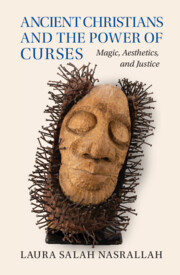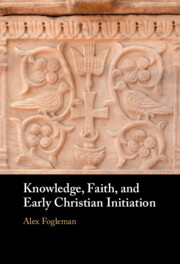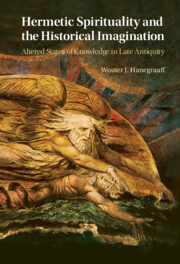Ancient Christians and the Power of Curses
Ancient Christians and their non-Christian contemporaries lived in a world of 'magic.' Sometimes, they used curses as ritual objects to seek justice from gods and other beings; sometimes, they argued against them. Curses, and the writings of those who polemicized against curses, reveal the complexity of ancient Mediterranean religions, in which materiality, poetics, song, incantation, and glossolalia were used as technologies of power. Laura Nasrallah's study reframes the field of religion, the study of the Roman imperial period, and the investigation of the New Testament and ancient Christianity. Her approach eschews disciplinary aesthetics that privilege the literature and archaeological remains of elites, and that defines curses as magical materials, separable from religious ritual. Moreover, Nasrallah's imaginative use of art and 'research creations' of contemporary Black painters, sculptors, and poets offer insights for understanding how ancient ritual materials embedded into art work intervene into the present moment and critique injustice.
- Centers the story of ancient Christians around curse and 'magical' practices in the ancient world
- Uses artworks and poetry as theoretical frameworks to gain new insights into ancient Christianity and ancient Mediterranean religions
- Reframes the study of New Testament and ancient Christianity away from literature and the archaeological remains of elites
Product details
August 2024Hardback
9781009405737
358 pages
236 × 157 × 24 mm
0.63kg
Available
Table of Contents
- Introduction: Curses, Religion, Aesthetics
- 1. Making justice: curses, Justin Martyr, and the nailing of documents
- 2. Substance and story: a greengrocer and the drowned Pharaoh at Antioch
- Interlude
- 3. Tongues, breath, stutter:
- 1 Corinthians and a Corinthian curse
- 4. Incantation: sound and song as curse, cure, and gospel
- Conclusions.




